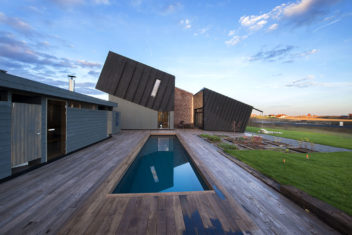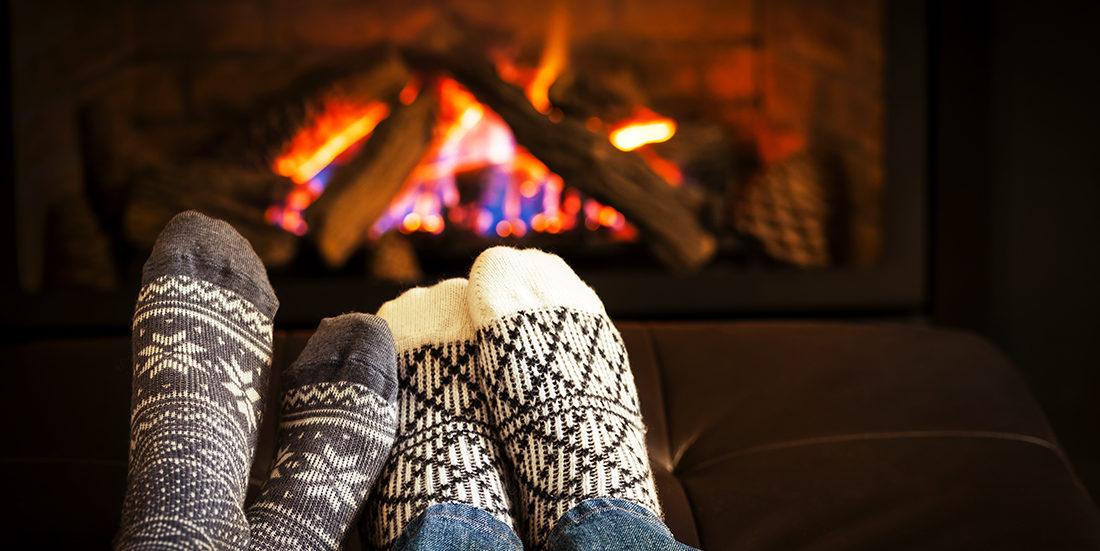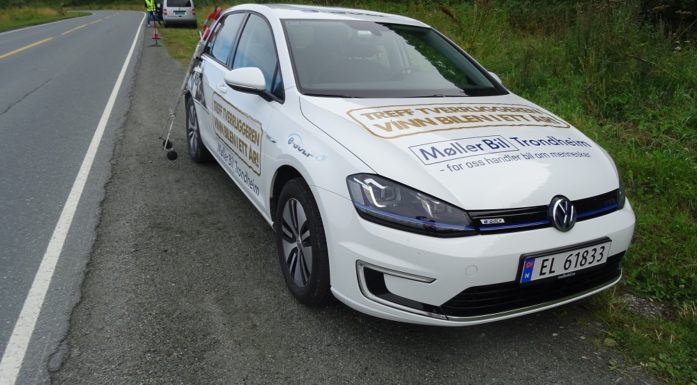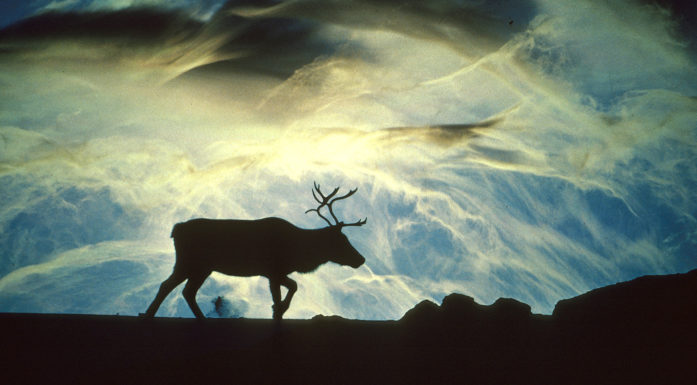True hygge with environmentally friendly log fire
A crackling log fire is pure HYGGE. But what’s actually the best way to have log fires in our modern, well-sealed and fully-insulated homes?
LOG FIRES: Open fires have been the point around which people have gathered for tens of thousands of years, and sitting around the fire is a tradition we don’t want to lose – which is not surprising, when you think about how cosy it is.
“Sitting and looking into the flames gives us a sense of peace and well-being. There is something about fire which is deep within us as human beings, and the wood-burning stove is a way of holding onto this, even though our use of it has changed through the years”, explains Håkon Fyhn, researcher in interdisciplinary cultural studies of at the Norwegian University of Science and Technology (NTNU).
From a historical aspect, the wood-burning stove’s most important function has been to provide a source of heat, but in today’s well-sealed and fully insulated homes, we no longer need to light log fires. Yet we continue to use them.
“Modern homes are so energy-efficient that stove manufacturers have discovered that they need to develop wood-burning stoves that hardly produce any heat. For me, this is evidence that we mainly want them because of the HYGGE effect”, believes Fyhn.
How to light the fire in your wood-burning stove:
Morten Seljeskog at SINTEF Energy Research has developed some science-based tips on how to light the fire, which will be helpful to anyone wanting to light a fire efficiently and in an environmentally-friendly way. Probably the most surprising aspect of this method is the fact that you should light the firewood from the top.
Here are SINTEF’s tips on how to light a fire
1) Use dry firewood. You can check whether the wood is dry by striking two logs against one another. Damp wood gives off a dull thud, while dry wood produces more of a crack, like a bat hitting a ball. Look for signs of rot and moisture, and feel how heavy the log is. Dry wood is light.
2) Make sure that you have good ventilation. Poor ventilation increases emissions, and you will lose energy in the flue. Once the stove is hot, after at least 10 minutes, you can gradually turn down the air intake on the stove door until the fire is burning with strong but controlled flames. Golden rule: less air, less heat.
3) Light the firewood from the top. Yes, you read correctly! Lay the firewood in the opposite way to how you would normally do it, with the twigs, kindling or firelighters at the top, and the logs at the bottom. This will not only reduce particle emissions, but will also heat the stove up more quickly and get the chimney to draw faster, which will prevent smoke coming back into the room. This method works best in modern stoves, but you can also use it in older stoves.
4) Start the fire with small, dry pieces of kindling. Never start the fire with logs that are big or damp.
5) Never burn rubbish. A wood-burning stove is not a waste incinerator.
Developing stoves that provide HYGGE but not too much heat
New homes tend to come with a chimney but no fireplace, so that buyers can choose which type of stove they want to install. SINTEF researcher Morten Seljeskog emphasises that it’s important for these buyers to install a stove with the correct heat output for their home.

Modern homes are so energy-efficient and need wood-burning stoves that hardly produce any heat. Illphoto: ZEBhouse multikonfort Larvik
“Many people install a standard stove with an output of between 8 to 15 kilowatts. This makes their home far too hot. The new low-energy homes have such a low heat requirement that they need wood-burning stoves with a maximum output of between 3 and 5 kilowatts”, he explains.
The stove manufacturers are now competing to build new models that are suitable for the low heat requirement in modern homes, and are working to reduce the output of the wood-burning stoves even further. For many of the best-insulated and most modern homes, this means wood-burning stoves with an output of only 1 to 1.5 kilowatts – but that’s actually not such an easy thing to achieve.
“The challenge of developing stoves with such a low heat output is that it’s difficult to achieve efficient combustion while still maintaining the flame effect that the users want”, explains Seljeskog.
SINTEF is now working closely with Jøtul, Norsk Kleber and Morsø to build energy-efficient stoves that work, which means burning the wood sufficiently so as not to emit pollutants, but maintaining that flame effect. The project is funded by the Research Council of Norway.
Wood-burning stoves that don’t waste heat
SINTEF is also working on a number of other potential solutions that will allow us to stay cosy in front of our wood-burning stoves – but in an environmentally friendly way.
An alternative to scaling down the output of wood-burning stoves is to keep using the stoves with today’s normal output, i.e. 8 to 15 kilowatts, and feed or store the excess heat either back into the stove or to somewhere nearby. This heat can then be distributed in small enough quantities to avoid overheating”, explains Seljeskog, who is working with Norsk Kleber on this. Soapstone is particularly suitable for heat storage.
Another option is to connect the wood-burning stove to a hot water heating system.
This method is based on extracting the excess heat via heat exchangers, either around the firebox or in the smoke outlet, and storing this in a tank from which the heat can be distributed through the house via radiators”, explains the SINTEF researcher.
The wood-burning stove is a focal point that generates HYGGE
In times gone by, the fireplace was the centre of the home, but these days we don’t necessarily need to sit in front of our wood burning stoves. The most important thing is for them to be there, believes Håkon Fyhn.
“The wood-burning stove gives the room a focal point that generates HYGGE, even if you’re not sitting around it. Nowadays, we are more likely to gather round the TV, and have a log fire burning in a stove in another part of the room”, he argues.
He believes that what draws us to the fire is the fact that it’s real and genuine.
“There’s something wild and untamed about it that appeals to us. Fires feel natural and are not digital, which is something that’s missing from our modern society”.





